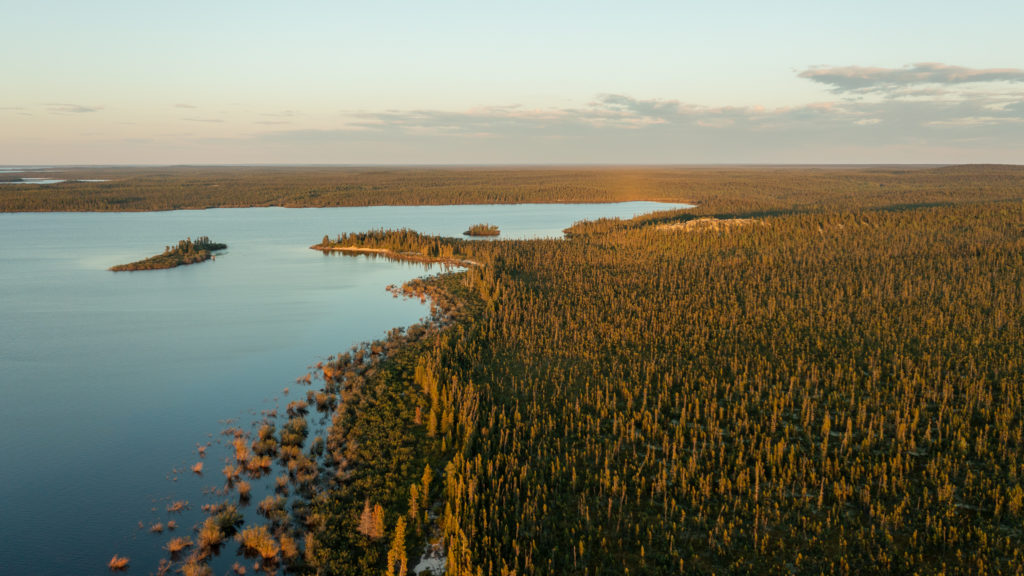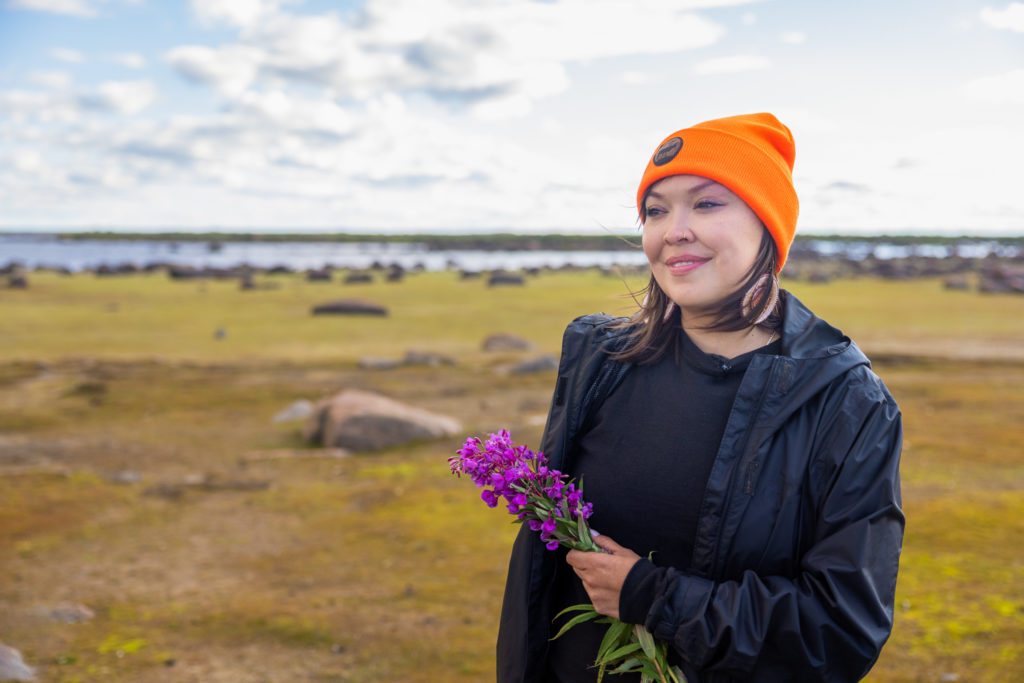Beyond Targets: Spotlight on Seal River Watershed Indigenous Protected and Conserved Area
WWF-Canada’s Beyond Targets report proposes a new model for protected and conserved area establishment in Canada — one that prioritizes the advancement of Indigenous Protected and Conserved Areas (IPCAs) and Indigenous rights and title, as well as areas that support nature-based solutions for both biodiversity and climate.
In it, we spotlight four IPCAs, including the Seal River Watershed, one of the world’s last remaining intact spaces.

Found west of Churchill, in the northern reaches of Manitoba, the Seal River watershed spans 50,000 square kilometres and is a unique region devoid of roads, development or mines where wildlife is able to move unencumbered throughout the vast landscape.
The Sayisi Dene First Nation, the only community located within the region, calls the Seal River Watershed home. Their goal is to ensure it is protected so it can continue to provide an abundance of ecological and cultural resources for future generations. While led by the Sayisi Dene First Nation, this initiative is also supported through partnership with their Cree and Dene neighbors.
The Seal River Watershed stores more than 2,070 megatonnes of carbon (or 2.07 billion tonnes) in plant biomass and soils up to one meter in depth, making it particularly important for climate resiliency and ecological connectivity on a national scale.
Related stories
Spotlight on the Saskatchewan River Delta
Spotlight on Thaidene Nëné Indigenous Protected and Conserved Area
Spotlight on Aqviqtuuq Indigenous Protected and Conserved Area
Below, Stephanie Thorassie, Executive Director of the Seal River Watershed Alliance and member of the Sayisi Dene First Nation, shares her perspective on this important area. (As told to Tina Knezevic.)
“The Seal River Watershed is my home. It’s an incredible place to be if you have access to it. It’s isolated, but that’s part of the beauty of it. The Seal River is the last major river in Manitoba that is undammed and untouched right now.
This area that we’re talking about protecting as an Indigenous Protected and Conserved Area is a very large space — the same size as Nova Scotia. It is traditional territory that’s shared with four communities, including our neighbors to the west, south, and even a little bit to the north of us.

It’s 50,000 square kilometres, and 99.97 per cent of it is pristine land. The eskers, the lakes, the trees, the water, the caribou — the Dene people are people of the caribou — every aspect of this watershed is essentially the same as it was when my great, great, great great-grandparents were here.
And this is the area we’re striving to protect for our children’s children’s children. We want to ensure that we keep a connection to the land and our traditional territory and give our future generations a strong place to stand on their two feet.
There’s also 2 billion tons of carbon in the watershed right now and if we release that into the air, it would cost billions of dollars to repair the damage. The Seal River Watershed is doing a service for Mother Earth — it’s a set of lungs that we all need to breathe.
These are some of the reasons why this area is so important and protecting it has really been a grassroots-led type of project. We’ve been trying to elevate and hold up the voices of our community members and Elders while using our own Indigenous laws to protect the land and be good stewards of it. We’ve invited industry and the provincial and federal governments to sit at our table and talk about what this could mean for all of us as we move forward.
The Sayisi Dene First Nation isn’t working alone. We work with four different Chiefs, four sets of Elders, four sets of community members and staff. We recognize that traditional use of the area has happened for all four communities and we’re really trying to honour that and bring all those voices to the table to make sure that we all have a say.
There is an incredible energy that comes from being connected to the land, but also to community members in the Seal River Watershed. When we continue to encourage these connections, amazing, incredible things can happen. There’s no real words to describe how incredible it is to be part of that.”

